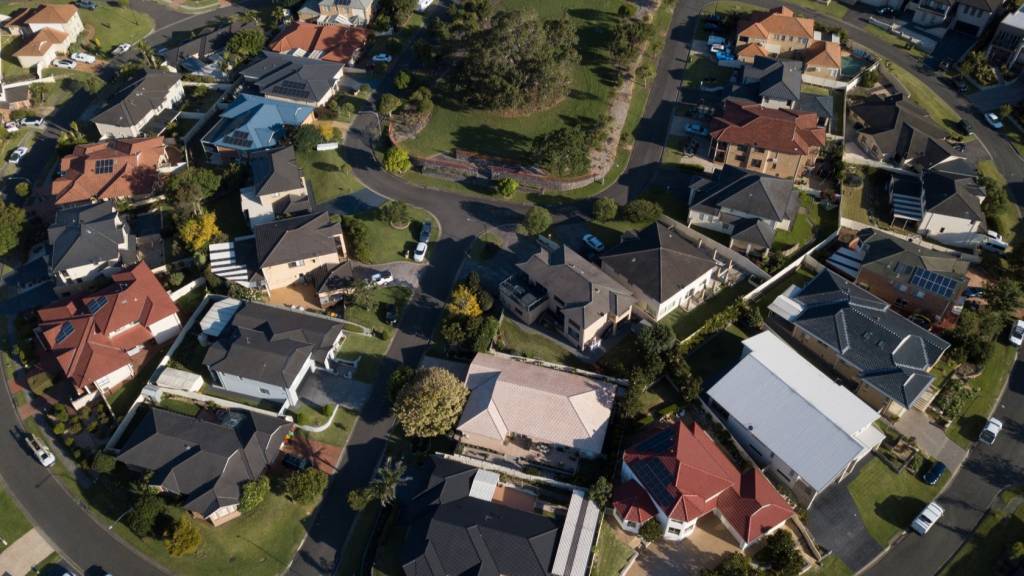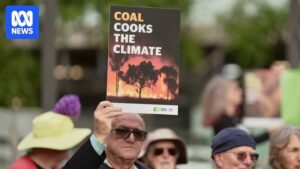
The average Australian home is now $40,000 more expensive than it was a year ago, as median house prices across the country approach the $1 million mark. This surge in prices comes as new data highlights a persistent upward trend in the housing market, coinciding with significant economic discussions, including a push for AI tax incentives and impending changes in US trade tariffs.
According to recent reports by major publications such as The Nine papers, Capital Brief, and Reuters, data from Cotality reveals that home values have increased for the fifth consecutive month. June alone saw a 0.6% rise, contributing to a 1.4% increase over the quarter. The national median house price now stands at $837,586, with Sydney leading at $1.21 million, followed by Brisbane at $926,243.
Factors Driving the Housing Market Surge
Tim Lawless, Cotality’s research director, commented on these figures, stating,
“The first [interest] rate cut in February was a clear turning point for housing value trends. An additional cut in May, and growing certainty of more cuts later in the year, have further fuelled positive housing sentiment, pushing values higher.”
The Reserve Bank of Australia (RBA) is set to meet next week to announce its latest interest rate decision, which could further impact housing trends.
Meanwhile, data from REA Group’s PropTrack shows a 0.4% rise in national home prices in June and a 4.6% increase over the year. The average home is now $40,000 costlier than a year ago, driven by stronger buyer demand and fewer listings. A Reuters poll suggests that Australia’s home prices are likely to rise steadily by 4% to 5% annually over the next three years, following a 40% increase over the past five years.
Challenges and Constraints in the Housing Market
Despite the upward trend, several factors could temper the pace of growth. The ABC reports that reduced demand from slowing population and migration growth, elevated household debt, cautious lending policies, and geopolitical risks might keep a lid on further increases. Eleanor Creagh, REA’s senior economist, noted,
“Stretched affordability is putting a bit of a handbrake on home price growth, and although we’re seeing an upswing in prices this year as rates fall, we’re seeing a more gradual pace of home price growth compared to previous easing cycles.”
Lawless added,
“We’re still seeing housing very much unaffordable for most Australians. I think there’s still a few barriers to really see the housing market take off from here. The reality is probably a modest but broad-based level of growth going through the rest of 2025.”
AI Tax Incentives: A New Economic Frontier
In parallel with the housing market developments, OpenAI is advocating for tax incentives to boost the adoption of artificial intelligence in Australia. The Australian Financial Review reports that OpenAI, the company behind ChatGPT, is urging the Albanese government to introduce tax breaks for businesses embracing AI, projecting that AI could expand the economy by $115 billion by 2030.
OpenAI’s Chief Economist Ronnie Chatterji, who has been in Canberra meeting with key government officials, emphasized the importance of productivity in economic policy discussions. The company’s economic blueprint suggests that AI could free up professionals from mundane tasks, allowing them to focus on more impactful work.
However, the call for AI adoption comes with a cautionary note from ACTU Secretary Sally McManus, who insists that the economic benefits of AI should be equitably distributed among workers, not just absorbed by corporate profits.
“We want (productivity) to improve because we want people’s living standards to improve,”
she stated.
International Trade Tensions and Economic Implications
As Australia navigates its domestic economic challenges, it also faces international trade tensions. The 90-day tariff pause initiated by US President Donald Trump is set to expire next week, creating uncertainty for Australian exports. Prime Minister Anthony Albanese has been vocal about seeking tariff exemptions, asserting that tariffs on Australia should be zero, given the US-Australia free trade agreement.
In a related development, Canada recently scrapped a tax targeting US technology firms to advance trade negotiations with the US, highlighting the complex and often contentious nature of international trade relations.
As these economic narratives unfold, the Australian government and businesses must balance domestic growth with international trade dynamics, ensuring that economic policies foster sustainable development and equitable prosperity.







